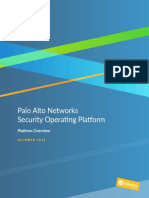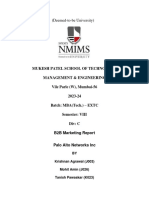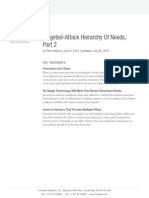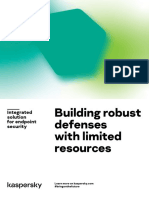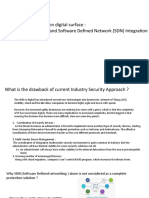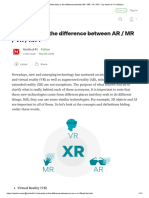0% found this document useful (0 votes)
39 views4 pagesSecurity Operating Platform 5
The Palo Alto Networks Cybersecurity Academy outlines the need for a new approach to security due to evolving cyber threats and the inadequacy of traditional security methods. The Security Operating Platform integrates various components to provide comprehensive protection across networks, endpoints, and cloud environments, emphasizing prevention and automation. It offers capabilities such as visibility, attack surface reduction, rapid threat prevention, and dynamic response to emerging threats, enabling organizations to securely adopt innovative technologies.
Uploaded by
ajtapariaCopyright
© © All Rights Reserved
We take content rights seriously. If you suspect this is your content, claim it here.
Available Formats
Download as PDF, TXT or read online on Scribd
0% found this document useful (0 votes)
39 views4 pagesSecurity Operating Platform 5
The Palo Alto Networks Cybersecurity Academy outlines the need for a new approach to security due to evolving cyber threats and the inadequacy of traditional security methods. The Security Operating Platform integrates various components to provide comprehensive protection across networks, endpoints, and cloud environments, emphasizing prevention and automation. It offers capabilities such as visibility, attack surface reduction, rapid threat prevention, and dynamic response to emerging threats, enabling organizations to securely adopt innovative technologies.
Uploaded by
ajtapariaCopyright
© © All Rights Reserved
We take content rights seriously. If you suspect this is your content, claim it here.
Available Formats
Download as PDF, TXT or read online on Scribd
/ 4
